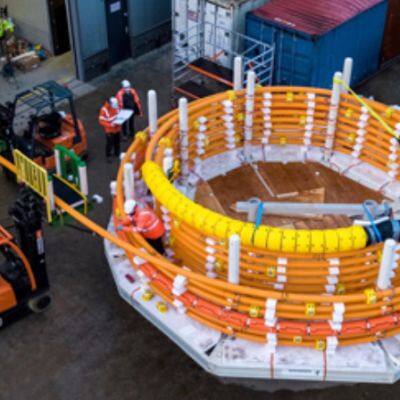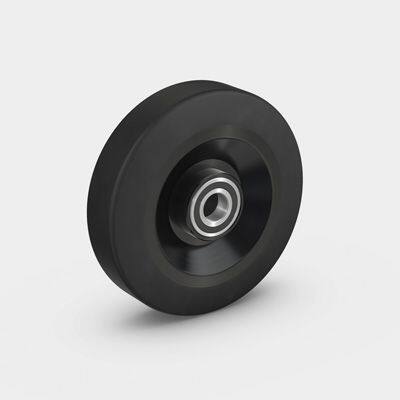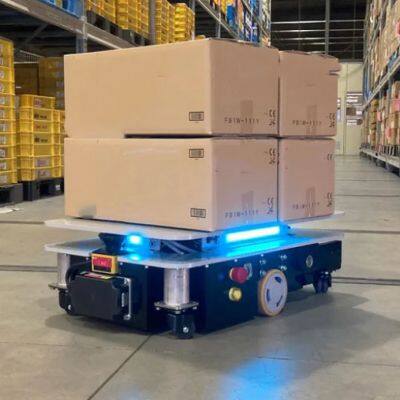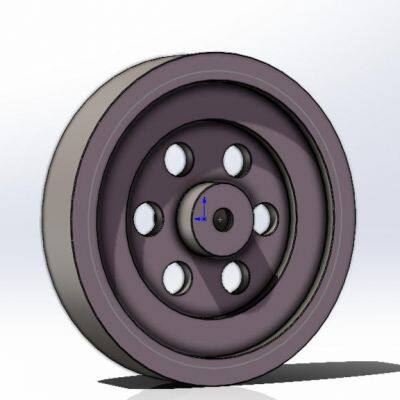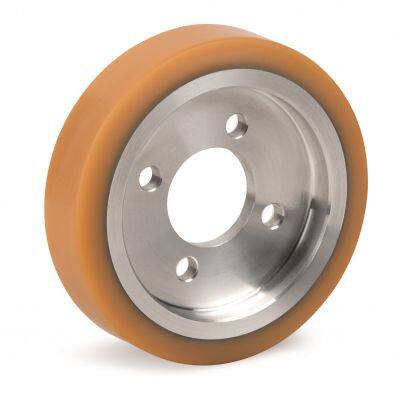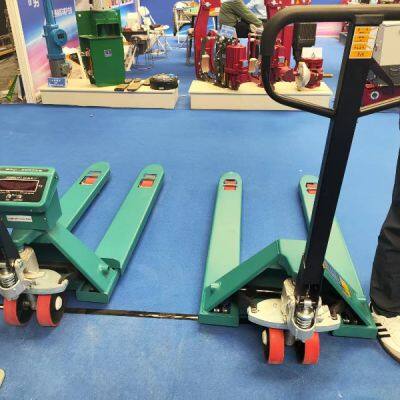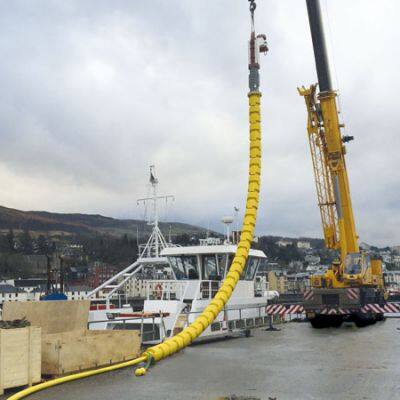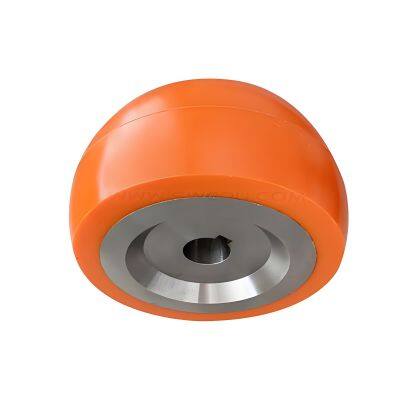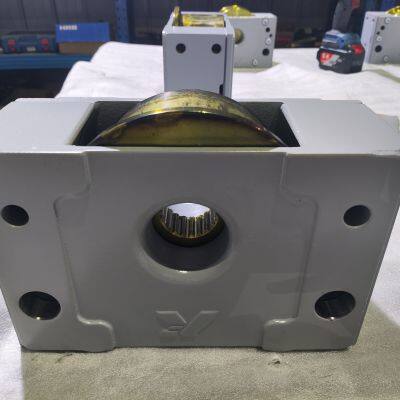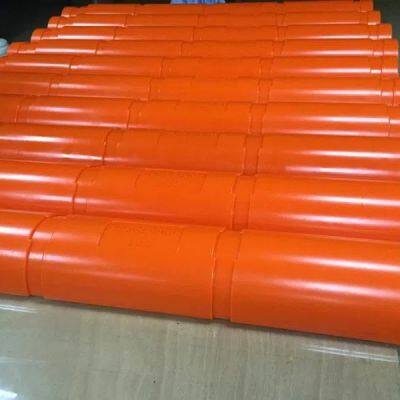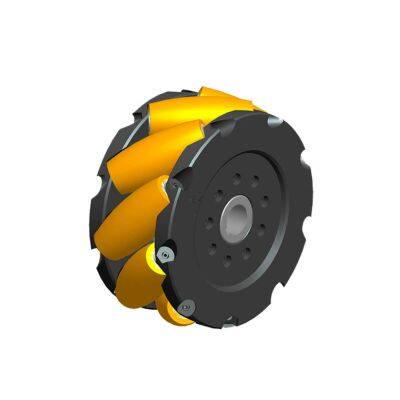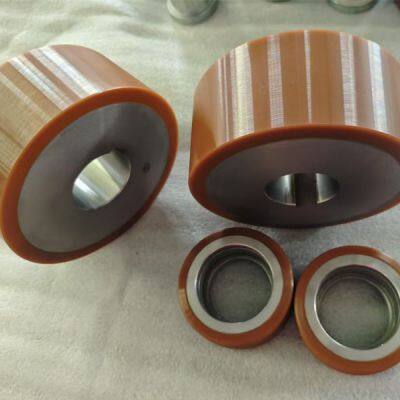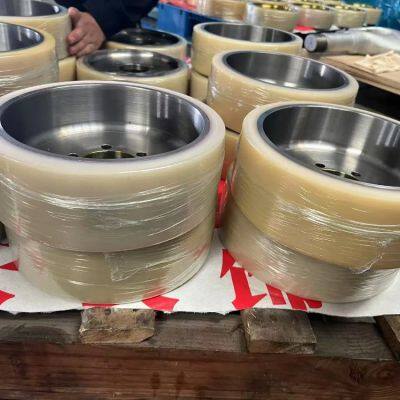What Is the Difference Between Bend Stiffeners and Bend Restrictors?
1. Structural differences
Bend stiffeners: These are tapered or tapered cylinders, typically cast in one piece from high-strength polyurethane, and resemble a tapered sleeve.
Bend restrictors: These consist of multiple modular, spinal-shaped ring segments, connected in series like vertebrae. They are flexible but have a set bending limit.
2. Design differences
Bend stiffeners: The design concept is to "gradually increase stiffness," reducing stress concentration as the cable transitions from the flexible section to the rigid anchor point. They do not prevent bending, but rather reduce dynamic fatigue through the flexible-rigid transition.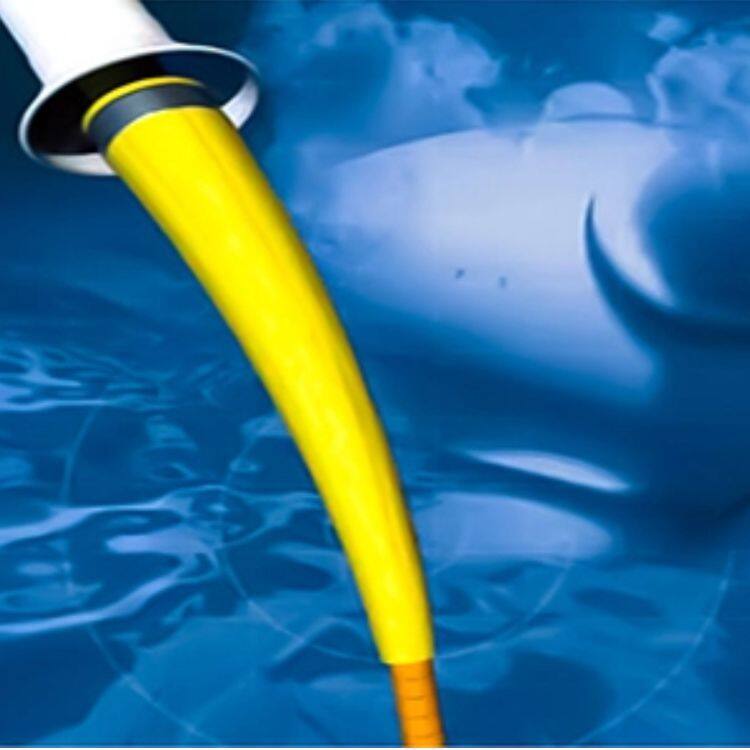
Bend restrictors: The design concept is to "set limit protection." When the cable bends beyond a safe angle, the components contact each other, forming a "hard stop." They allow free bending up to a certain angle but prevent further bending.
3. Why are stiffeners used in dynamic areas and limiters used in static areas?
Dynamic areas (floating wind turbines, dynamic umbilicals, risers):
Cables are subject to repeated bending due to waves, wind, and structural movement.
Using restrictors (hard stops) would frequently trigger the limit point, leading to faster local fatigue in the cable.
Stiffeners distribute stress through flexible transitions and are suitable for repetitive dynamic environments.
Static areas (J-tube outlets, landing points, fixed booster station interfaces):
Cables are largely stationary and May only bend during installation or when subjected to occasional external forces.
For applications requiring only one-time protection against excessive bending, a hard stop with a limiter is more suitable.
4. Typical application scenarios
Bend stiffeners (dynamic area)
• Interfaces between dynamic cables and tower bases of floating wind turbines
• Interfaces between umbilical cables, risers, and decks of offshore oil and gas platforms
• Transition protection for dynamic risers and flexible piping
Bend restrictors (static area)
• J-tube/I-tube outlets
• Transition sections for submarine cables landing onshore
• Cable inlets at offshore substations
• Connection points between array cables and fixed structures
Bend stiffeners: Conical, monolithic structures designed for a "flexible-rigid transition" are used in dynamic areas to reduce fatigue.
Bend restrictors: Segmented spine structures designed for a "set limit" are used in static areas to prevent excessive bending.


